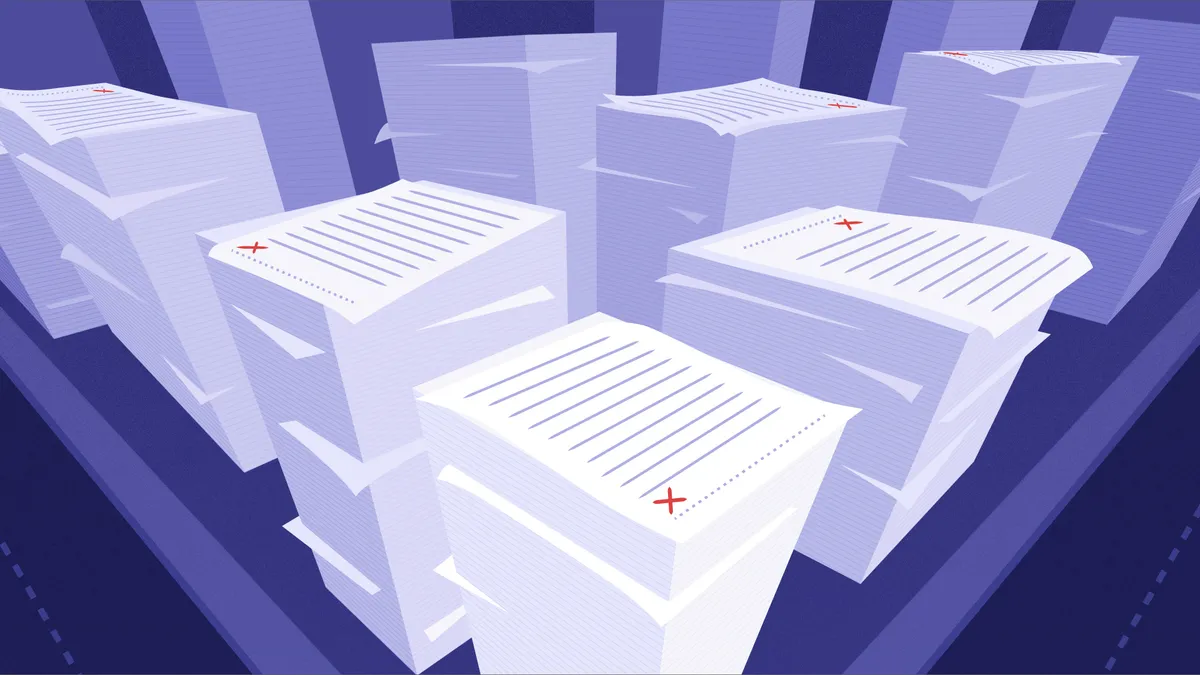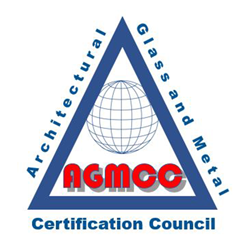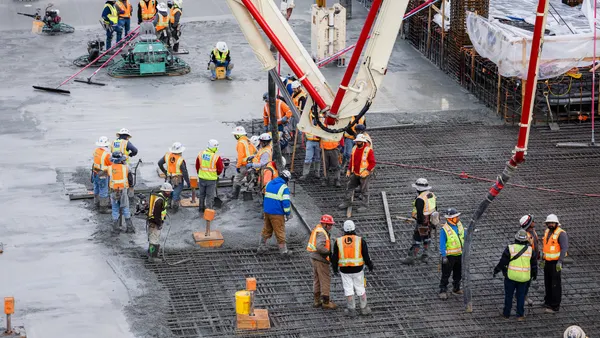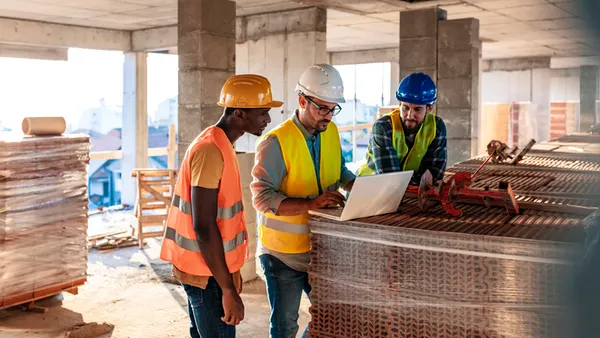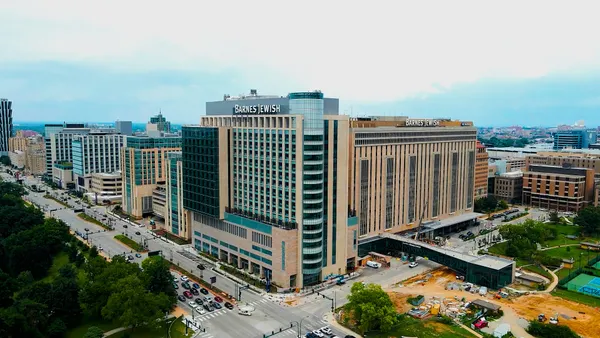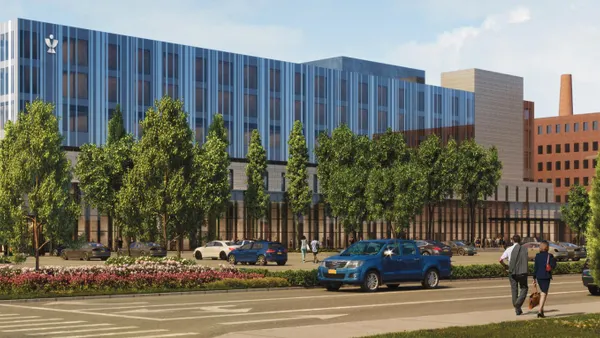SAN FRANCISCO — For the second year in a row, artificial intelligence was the talk of construction’s tech mavens.
Speakers gave attendees at the recent ENR FutureTech conference a peek at how they apply AI-based systems and products to their workflows and jobsites. Many spoke of how AI affects their specific focus areas while showcasing the tech’s diffusion into every aspect of the building industry, from visualization to mentoring and data usage.
For example, Sadia Janjua, chief of digital transformation of the Port Authority of New York and New Jersey, explained how the agency has leveraged in-house chatbots during the conference’s opening keynote on May 6.
One chatbot learns from the Port Authority’s standard operating procedures, manuals and documentation, and can share that information in the form of a quick chat with a user, without requiring multiple searches.
“Effective AI hinges on high quality, structured data, and I like to think of it as the essential fuel for AI solutions,” Janjua said.
Getting practical
At FutureTech, practical solutions were a recurring motif.
Hamzah Shanbari, director of innovation for Jacksonville, Florida-based contractor Haskell, described how the unlikely pairing of AI and Wi-Fi signals can be leveraged in a mapping software that can track the progress of construction on a site.
By placing commercially available routers at different locations throughout the jobsite, the Wise system can identify conduits, ductwork and pipes with the help of an AI model that the company is training to spot the minute differences that separate these structures. The end result is what Wise’s website calls accurate, near real-time progress tracking on jobsites.
While Wise is still in the research and development phase, Shanbari was bullish on its potential.
“Imagine what we can do if we actually sit down and develop those nodes to be specifically used for this tracking, and not just off-the-shelf solutions?” Shanbari asked listeners.
Optimistic pessimists
Contractors, when it comes to AI, have a lot of “optimistic pessimism,” said Kris Lengieza, global technology evangelist at Carpinteria, California-based contech giant Procore. Builders, Lengieza said, are looking for solutions that they can apply to existing problems in their businesses.
“I think they're worried that it's a lot of flash and bang, and not a lot of action,” Lengieza told Construction Dive during the conference.
Indeed, presenters cautioned, as they did in 2024, that contractors need to at least start experimenting with the tech to see how it applies to their unique workflows, or risk falling behind the competition. The first touchstone on that journey is the information that is fed into it.
“AI implementation doesn't start with algorithms. It really starts with your data,” Janjua said. “If your data is inconsistent, siloed and inaccessible, AI will only amplify those issues.”
Data is the new concrete
That data discussion at FutureTech was an extension of a similar conversation at this year’s New York Build Conference in March. There, speakers said data quality is causing problems across the industry, and holding it back.
The question about how to leverage data has needled at builders since the technology entered the mainstream with OpenAI’s launch of ChatGPT in 2022. The overarching question of making sense of the millions of data points a contractor can collect on any one project has bugged builders as long as they’ve been able to track it.
To that end, contractors have historically found success with AI-based products that target specific, narrow issues. Providence, Rhode Island-based Gilbane Building Co. used New York City-based Trunk Tools’ AI program to track 21,000 documents on the $456 million Baird Center expansion project. With the tool, Gilbane avoided more than $100,000 in rework per month.
At FutureTech, it was those kinds of specific uses that got attendees’ attention. To that point, according to Lengieza, data is quickly becoming construction’s new concrete.
“It's going to be what everything is built on. It's going to be what differentiates contractors,” Lengieza said.





